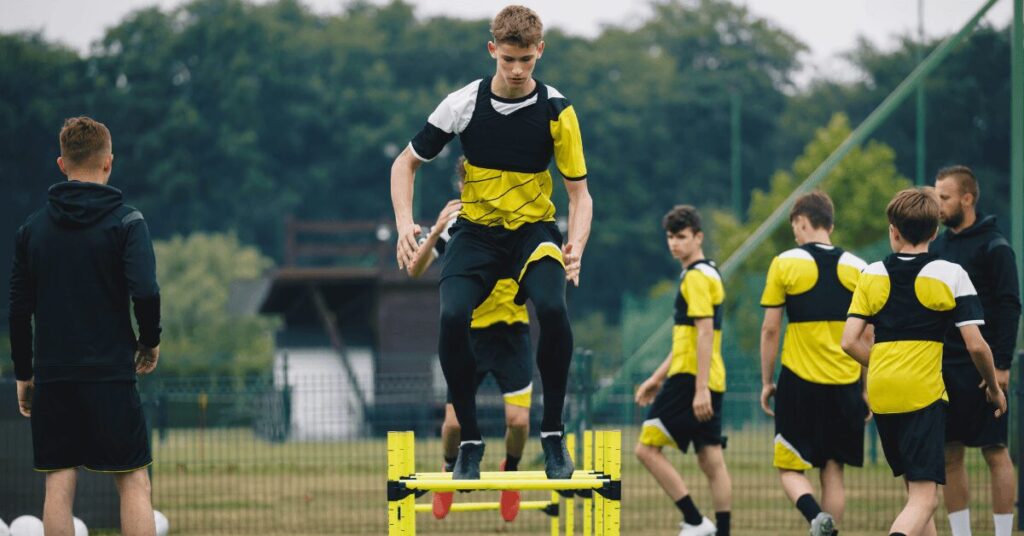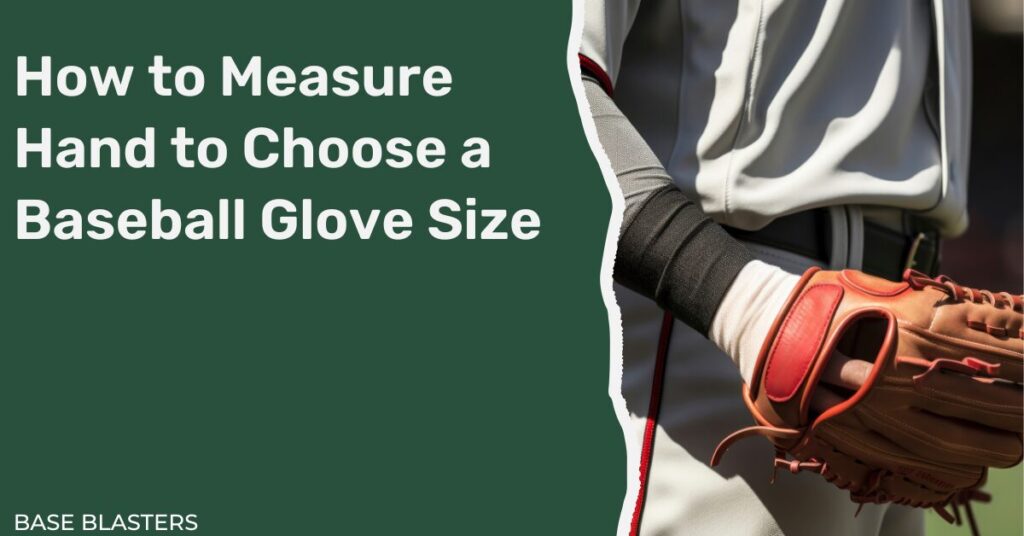Baseball is a game of skill, strategy, and teamwork. For young players, mastering the fundamentals early sets the foundation for long-term success. Coaches and parents looking to develop young athletes must incorporate structured drills that improve batting, fielding, throwing, and overall coordination. This guide covers essential baseball drills for youth, highlights overlooked baseball drills for youth that can sharpen their performance, improve coordination, and enhance their game in ways standard drills might not.
Why Drills Are Important for Youth Baseball Players

Youth baseball coaching drills focus on refining basic techniques, developing muscle memory, and enhancing game awareness. These drills:
- Improve hand-eye coordination
- Build throwing and catching accuracy
- Strengthen hitting power and precision
- Boost fielding and reaction speed
- Develop teamwork and communication
Overlooked Baseball Drills for Youth That Actually Work
The Missing Piece in Youth Baseball Training
Youth players often go through the same routine drills, but what if some of the most effective drills are the ones that are rarely used? Many coaches stick to conventional exercises, missing out on opportunities to develop essential skills.
The Problem: Common Drills, Limited Progress
Many young players practice the same basic baseball drills for youth over and over again. While repetition is key in baseball, these commonly used drills often miss critical areas such as reaction time, footwork, and in-game adaptability. Coaches and players need a fresh approach that keeps training engaging while improving real-game performance.
The Solution: Effective but Overlooked Drills
1. The Barehanded Fielding Drill
Why It Works
Most fielding drills involve gloves, but going barehanded refines a player’s ability to track the ball, position their hands correctly, and develop soft hands for smoother catches.
How to Perform
- Stand about 10 feet from a partner or coach.
- Use a soft baseball or tennis ball to minimize injury risk.
- Toss ground balls and short hops to each other, catching only with bare hands.
- Focus on clean hand transfers and proper body positioning.
Benefit
This drill strengthens a player’s confidence in catching and improves reaction time for real-game scenarios.
2. The Tennis Ball Reaction Drill
Why It Works
Fielders need quick reflexes to react to fast grounders and line drives. The unpredictable bounce of a tennis ball improves reaction time and agility.
How to Perform
- Have a coach or partner bounce a tennis ball off a wall.
- The player reacts to the bounce and catches it with one hand.
- Switch hands after every catch to improve both sides.
- Perform for 3-5 minutes per session.
Benefit
This drill builds quick reflexes and sharpens tracking skills, making youth baseball players better defenders.
3. The One-Hand Batting Drill
Why It Works
A strong, controlled swing is essential for hitting success. This drill isolates each arm to improve strength and bat control.
How to Perform
- Use a lightweight bat or training bat.
- Grip the bat with only one hand (start with the bottom hand first).
- Take controlled swings off a tee or with soft toss.
- Repeat with the top hand.
- Perform 15-20 reps per hand.
Benefit
This drill strengthens wrist control and ensures smoother, more controlled swings in live games.
4. The Bucket Balance Drill
Why It Works
Balance is critical for both hitting and pitching. This drill helps players develop lower body stability and improve their mechanics.
How to Perform
- Stand on an upside-down bucket or a balance board.
- Hold a baseball bat in a ready-to-swing position.
- Try to maintain balance while taking slow-motion swings.
- Pitchers can perform this drill to stabilize their landing leg.
Benefit
Improves stability, core strength, and balance, leading to better control in swings and pitches.
5. The Two-Ball Toss Drill
Why It Works
This drill trains hitters to improve pitch recognition and hand-eye coordination.
How to Perform
- A coach or partner holds two baseballs of different colors.
- The coach tosses both balls at the same time but calls out one color.
- The hitter must react and hit only the called-out ball.
- Perform for 10-15 reps per session.
Benefit
Enhances focus, decision-making, and hitting accuracy under pressure.
6. The Blindfolded Catching Drill
Why It Works
It helps young players rely more on their instincts and listening skills when catching, improving reaction speed.
How to Perform
- Stand in a ready position with a blindfold on.
- Have a partner gently toss a soft baseball.
- Focus on reacting based on sound and feel.
- Perform for 5 minutes per session.
Benefit
Enhances a player’s sensory perception and quickens reaction time.
7. The Tire Swing Drill
Why It Works
Hitting through the ball with power and control is crucial. This drill improves bat speed and follow-through.
How to Perform
- Hang a used tire from a sturdy tree branch or frame.
- Take controlled swings, aiming to drive the bat through the tire.
- Focus on full rotation and balance.
Benefit
Develops bat speed, power, and a strong follow-through.
8. The Resistance Band Pitching Drill
Why It Works
Arm strength and stability are essential for pitchers. This drill builds strength while reducing injury risk.
How to Perform
- Attach a resistance band to a fence.
- Hold the other end and simulate pitching movements.
- Focus on controlled, smooth motions.
- Perform 3 sets of 15 reps per session.
Benefit
Improves shoulder stability, arm strength, and overall pitching mechanics.
How to Incorporate These Drills into Youth Baseball Training
Step 1: Mix These Drills with Traditional Training
Rather than completely replacing standard drills, these overlooked drills should be added into regular practice sessions for a well-rounded training plan.
Step 2: Track Progress
Keep a log of improvements in players’ reaction time, accuracy, and fielding efficiency. This will help determine which drills are making the biggest impact.
Step 3: Keep It Fun and Competitive
Turning these drills into mini-games or challenges can keep young athletes engaged and eager to improve.
Final Thoughts: The Key to Better Baseball Training
While common youth baseball coaching drills have their place, adding overlooked techniques like the tennis ball reaction drill, one-hand batting, and soft hands catch drill can refine a player’s skills even further. Coaches should always be on the lookout for unique ways to challenge their teams, making practices more effective and enjoyable.
At Base Blasters, we live and breathe baseball. Our platform is dedicated to providing top-tier baseball training content, drills, and insights for young athletes looking to sharpen their skills. Whether you’re a coach, parent, or player, we bring the best baseball knowledge to help you improve your game.


